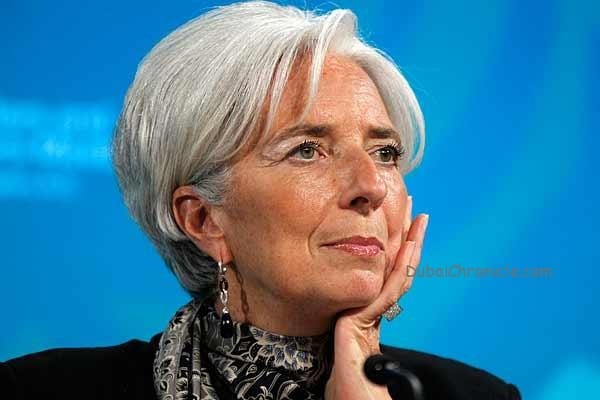
The International Monetary Fund cut its global growth outlook for this year and the next one. Capital outflows are projected to further weaken emerging markets, while the U.S. government default is already seriously damaging the world’s economy.
Global growth outlook is projected to be around 2.9 percent this year and 3.6 percent in 2014. The revised figures were revealed by IMF in a report released today. The most recent report from July projected the global growth outlook to reach 3.1 percent in 2013 and 3.8 percent in 2014. It sees emerging markets growing 4.5 percent this year, 0.5 percentage point less than three months ago, as projections were reduced for China, Mexico, India and Russia.
Advanced economies are gradually strengthening, while growth in emerging-market economies has slowed, according to the World Economic Outlook report.
The IMF’s forecasts factor in a short U.S. government shutdown and an agreement on the nation’s debt-limit before an October 17 deadline. A stalemate that causes a default “could seriously damage the global economy,” the IMF said.
- Read more: Why Now Is Not The Right Time To Invest
With Europe overcoming its debt crisis and a recovery of the U.S. housing market, global policy makers’ concerns are shifting to the uncharted territory of exiting extraordinary monetary stimulus. Bond prices slumped internationally and emerging-market stocks plunged after May 22, when Federal Reserve Chairman Ben S. Bernanke said for the first time the Fed may trim its asset-purchase program within the next few meetings.
While those markets rebounded last month after the central bank refrained from paring its bond buying plans, the IMF said developing economies’ sovereign yields are now 0.8 percentage point higher than at the beginning of the year.
“This change could pose risks for emerging-market economies, where activity is slowing and asset quality weakening,” the IMF wrote in the report. “Careful policy implementation and clear communication on the part of the Federal Reserve will be essential.”
The fund said its forecasts assume the Fed won’t raise its benchmark interest rate, which has been near zero since December 2008, before 2016 and that the U.S. central bank will start tapering its bond-buying program later this year.
The IMF raised its forecast for the 17-country euro area to a contraction of 0.4 percent this year compared with a 0.6 percent decline in July. It now expects an expansion of 1 percent next year instead of 0.9 percent three months ago. While Italy and Spain are expected to shrink this year, Spain’s forecast contraction of 1.3 percent is an improvement from a 1.6 percent prediction three months ago. Still, the region’s financial industry remains fragile and next year’s planned assessment of the banks’ balance sheets by the European Central Bank “provides a critical opportunity to put the system on a sounder footing,” the IMF said.
The euro-area’s central bank should also consider giving additional monetary support through lower interest rates, forward guidance on future rates or negative deposit rates, it said.
The prospect of higher U.S. long-term interest rates and a partial reversal of capital flows is leaving emerging markets with weak fiscal positions or higher inflation particularly exposed, the fund said.
The fund cut the forecast for China to 7.6 percent this year, from 7.8 percent in July and to 7.3 percent in 2014 from 7.7 percent.
“Without fundamental reform to rebalance the economy toward consumption and stimulate productivity growth through deregulation, growth is likely to slow considerably,” the IMF’s report noted.
Russia’s growth model also seems “exhausted,” according to the report, which sees growth at 1.5 percent this year instead of 2.5 percent in July and 3 percent next year, from 3.3 percent.
India will grow 3.8 percent this year, down from a July prediction of 5.6 percent, and 5.1 percent in 2014, from 6.3 percent. Mexico will expand 1.2 percent this year from 2.9 percent in July, and its outlook was cut to 3 percent next year from 3.2 percent.



































